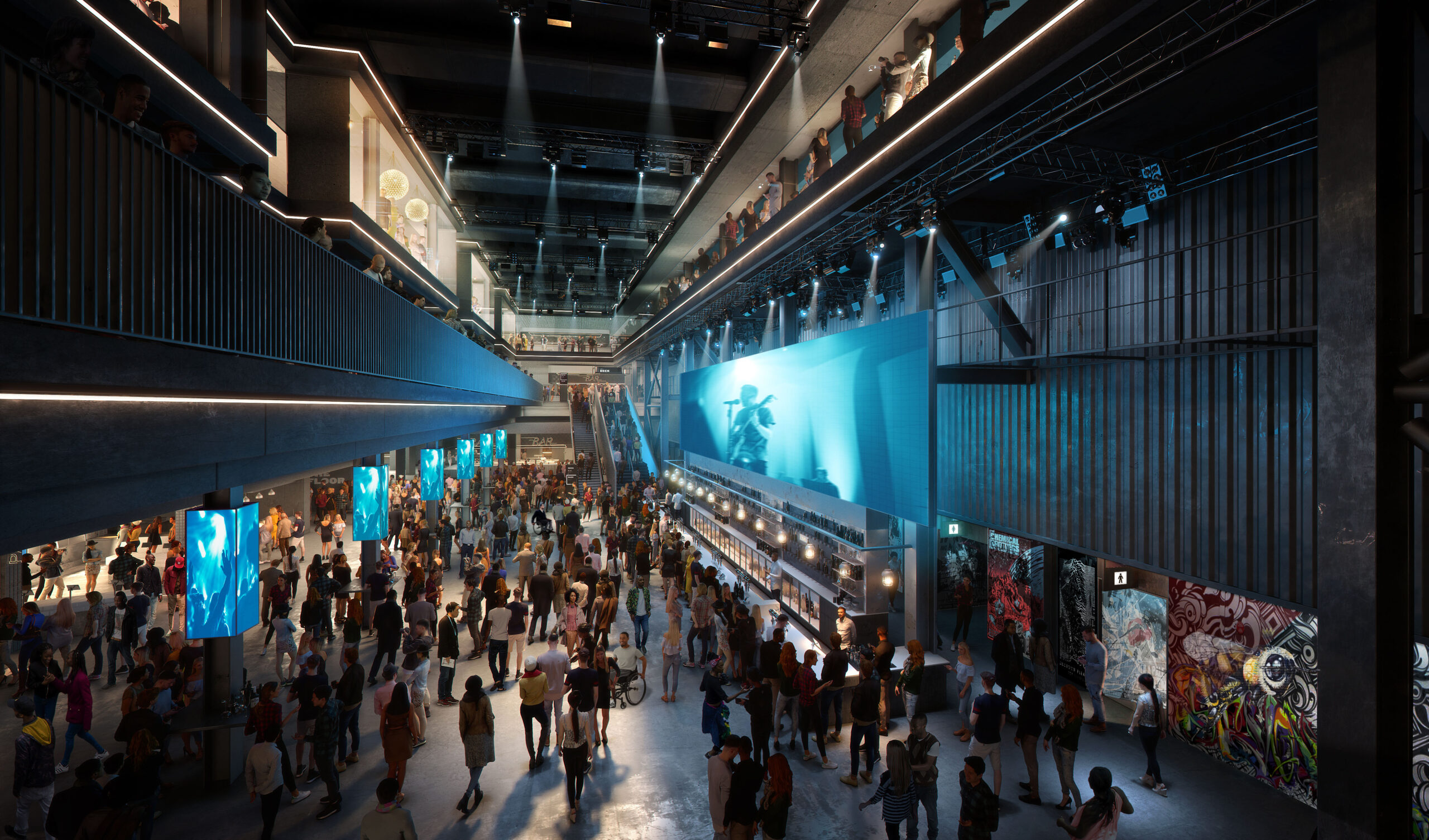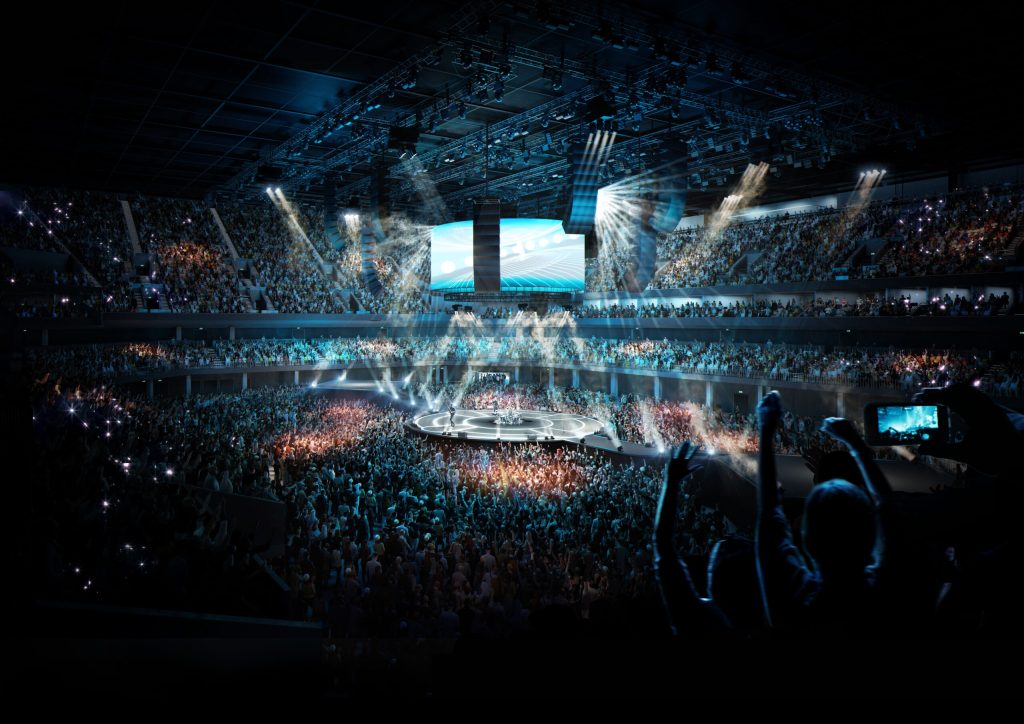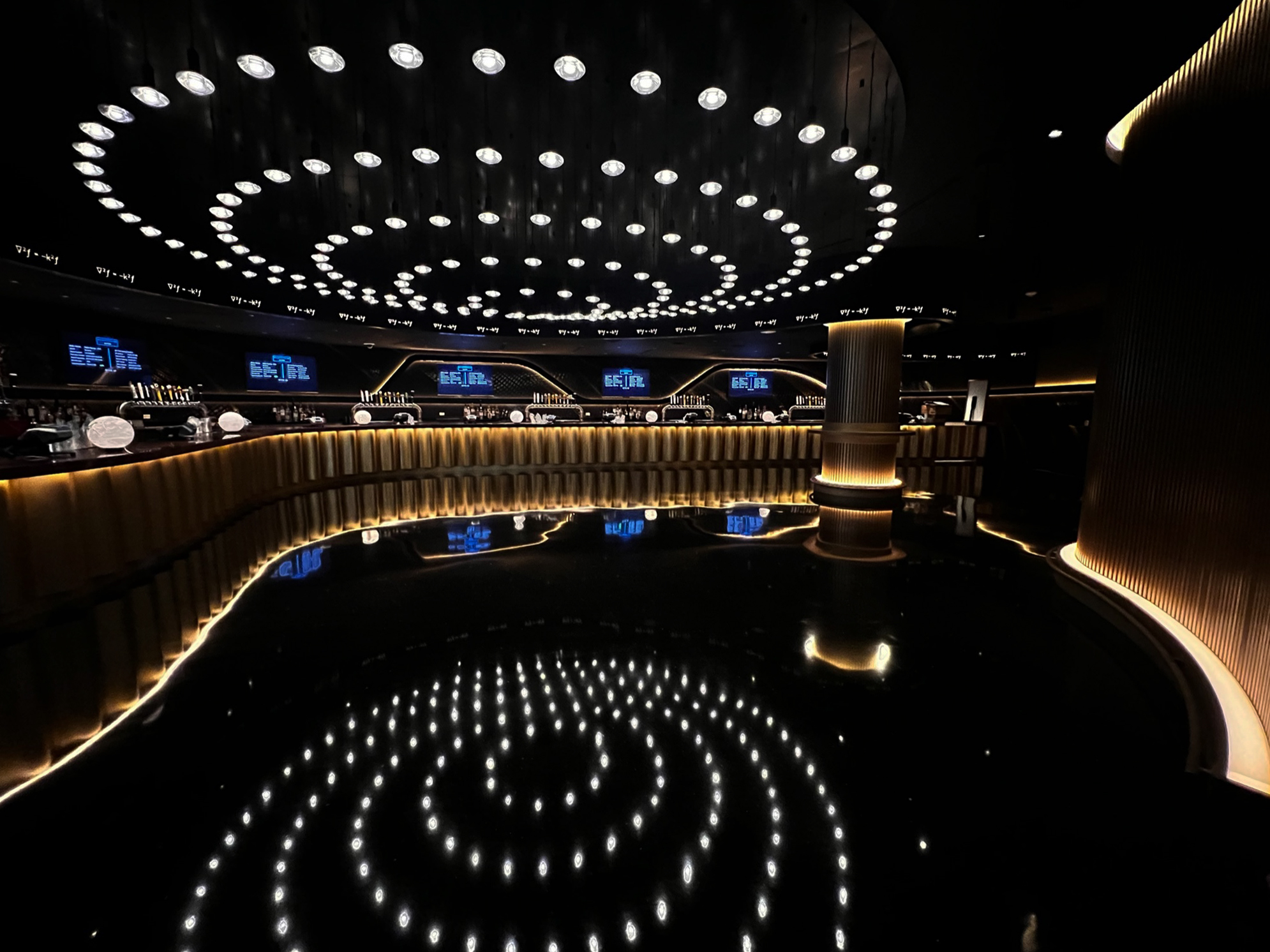Architizer’s 13th A+Awards features a suite of sustainability-focused categories recognizing designers that are building a greener industry — and a better future. Start your entry to receive global recognition for your work!
In 1997, Dennis “Thresh” Fong took the once sneer-inducing subculture of gaming and completely flipped it on its head. His victory in the Quake “Red Annihilation” tournament won him a cherry-red Ferrari that was previously owned by id Software’s John Carmack. It was a turning point — an unbelievable moment that hinted at what the world would eventually recognize as a legitimate competitive discipline. By the time Thresh entered the ESL Hall of Fame in 2016, the message was crystal: esports wasn’t some exclusive club reserved for people who knew how to build their own servers and overclock CPUs. It was a global industry that would soon eclipse many forms of traditional entertainment.
Today, the esports sector has reached a level few could have predicted. Forecasts suggest revenues could hit £3.4 billion this year, driven by staggering audiences who assemble — both virtually and physically — to watch tournaments of games like Dota 2, League of Legends and FIFA. Millions of people gather online while thousands more meet in purpose-built arenas to watch professional gamers do their thing. Esports has become a platform for international diplomacy, branding and — crucially — a jumping-off point for some of the most innovative architecture in the world.
The early esports competitions of the 1980s and ’90s were played on arcade cabinets or around makeshift LAN setups in internet cafés and college dorms. Gamers built their own setups and hunched over screens in badly lit rooms. Yet, as games like StarCraft, Counter-Strike and Quake became global phenomena and the internet grew, local fan groups evolved into massive, transnational communities. It was South Korea’s love of StarCraft in the early 2000s that really ramped things up. With dedicated TV channels being launched and players being recognized as celebrities, gaming became a mass spectator sport. Within a decade, streaming platforms such as Twitch and YouTube Gaming unlocked global reach and esports went viral. Now, as the industry continues to grow, cities all over the world are constructing architecturally ambitious arenas to house these incredible competitions.
Unlike traditional stadiums that have been honed over centuries around known parameters like a pitch, a court or a field, where players physically interact in three-dimensional space and spectators are fixed on a single point of action, esports competitions are primarily on screens and often, multiple players mean multiple focus points. The “field” can morph from a jungle in League of Legends to a sprawling sci-fi battleground in Halo. Camera angles shift instantaneously but players can remain seated for hours, completely inverting the rules of traditional sports.
For architects, this means designing for multiple vantage points, ergonomic comfort and countless permutations. Most importantly, esports arenas must support highly complex technological ecosystems — powerful servers, ultra-low-latency data backbones and cutting-edge broadcasting facilities that would rival top-tier TV studios. Beyond technology, flexibility is paramount. Stages and setups must be modular to accommodate different games, formats and audience sizes, while seating arrangements may need to shrink or expand, potentially overnight. Sight lines must take into consideration both live-action and digital overlays, as well as the vast audience that experiences these events from the comfort of their own home. In some cases, the architecture must include “back-of-house” training facilities, VIP lounges, live-streaming studios and even coworking areas for content creators, each with its own spatial and technical requirements.

Co-op Live by Populous, Manchester, United Kingdom | Visuals by Populous
In esports architecture, technology is the central nervous system, and one firm is leading the way. With a design portfolio that includes some of the most advanced esports facilities in the world, including Esports Stadium Arlington, Fortress Melbourne and the NBA 2K League Broadcast Arena, Populous is at the forefront of cutting-edge venue design for the ever-expanding live gaming experience.
Populous are well known for their incredible sporting arenas, and their first forays into esports are also setting new standards. The Qiddiya City Esports Arena in Saudi Arabia stands out. Combining the largest combined total video screen area of any esports arena in the world, as well as 4D haptic seats where visitors will sense, feel and even smell the action taking place in front of them, the striking design creates an iconic venue, capable of adapting to multiple experiences and events. With a distinctive architectural identity, the 5,300-seat multifunctional venue will provide a best-in-class experience for players and spectators alike. Extensive sightline studies have been carried out to optimize seating in the main auditorium for the best views, and parametric design tools have been utilized to refine screen locations, resulting in an innovative “digital chandelier” placed centrally within the seating bowl for enhanced gameplay content delivery.
It’s not all plain sailing. While esports may spare us the grass maintenance of football pitches or the water demands of Olympic swimming pools, environmental scrutiny is rightly an issue. Data centers, high-end equipment and continuous streaming generate a significant carbon footprint. According to some estimates, information and communications technology accounts for around 3.7% of global emissions — nearly on par with the airline industry.

Latency can make or break an esports competition. Audiences expecting flawless 4K streams require bulletproof internet pipelines, multiple redundancies and data centers integrated into the architecture. Cooling systems become critical design challenges as massive server loads generate substantial heat. Architects and engineers are responding with a new ethos of sustainability. Arenas are adopting energy-efficient cooling systems that use recycled water or passive air strategies. Solar panels, high-performance insulation, responsibly sourced materials and state-of-the-art lighting systems help reduce the environmental impact. Advanced building management systems can modulate energy consumption in real time, while modular construction methods enable future upgrades without massive waste. Esports arenas, as future-oriented entities, are fantastic examples of green design and are set to revolutionize other entertainment venues that follow.
The upcoming 2025 Olympic Esports Games will undoubtedly push architects and designers to up their game. Even more daring technological experiments are likely to emerge with holographic player introductions, AI-driven systems and a new era of arena that blur the boundaries between physical and digital architecture.
In the centuries to come, historians may look back on this moment as the time when architecture had to rethink fundamental elements of spatial design: circulation, acoustic engineering and even the definition of a “seat.” Shifting from static structures to fluid, tech-driven environments that engage not only the body but also the imagination, these digital coliseums are the next evolution of cultural space — places where human creativity, advanced technology and architectural innovation come together.
Architizer’s 13th A+Awards features a suite of sustainability-focused categories recognizing designers that are building a greener industry — and a better future. Start your entry to receive global recognition for your work!


